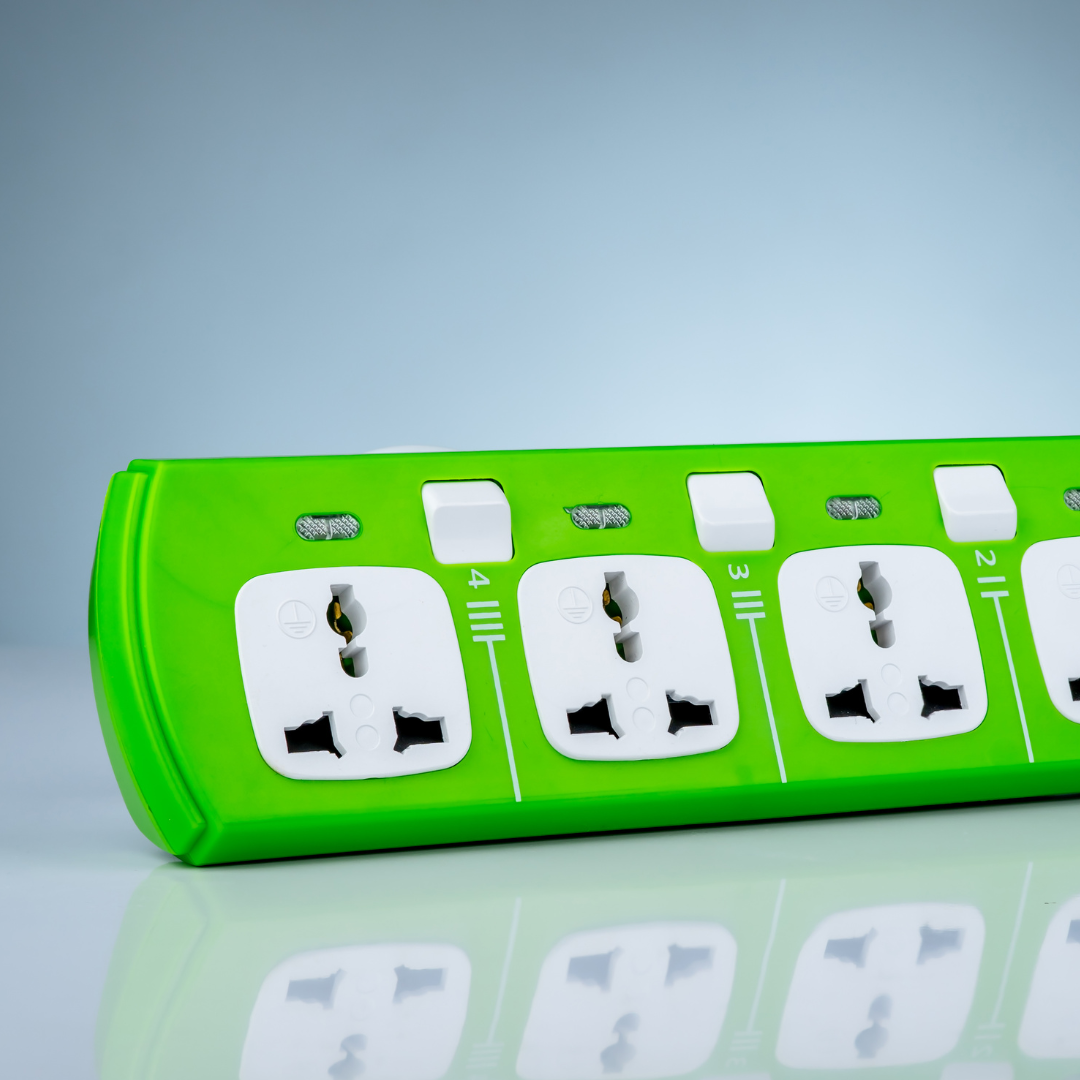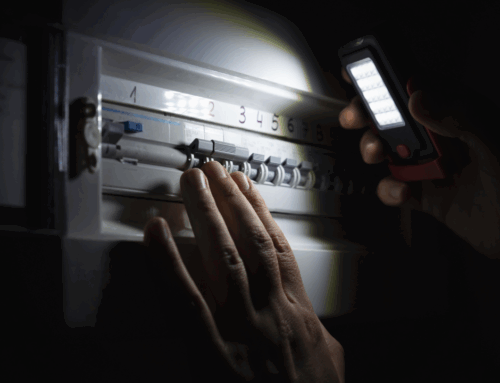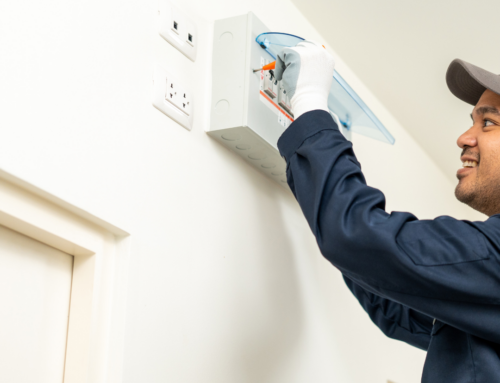Extension cords are incredibly useful in both homes and workplaces, allowing us to extend the reach of electrical outlets to power a wide range of devices. However, when not used properly, extension cords can pose significant safety risks, such as electrical fires, electric shocks, and damage to appliances. To ensure safe use, it’s important to follow best practices and understand how to handle extension cords correctly. In this guide, we will cover everything you need to know to use extension cords safely, keeping your devices and family or employees protected.
Understanding Extension Cords
Extension cords are designed to temporarily extend the length of electrical cables, making it easier to plug in devices that are far from an outlet. While they are highly convenient, choosing the right cord for the job and using it safely is essential. Extension cords come in various types, sizes, and power ratings, so selecting the right one is the first step towards ensuring safe use.
1. Choose the Right Extension Cord
Selecting the correct extension cord is one of the most important steps in using it safely. Extension cords come in different sizes, lengths, and power ratings. Always ensure that the extension cord you choose is rated for the amount of power your device requires. For example, if you plan to use the extension cord for a high-powered appliance like a space heater or vacuum cleaner, ensure the cord is rated to handle the required wattage.
Additionally, ensure that the extension cord is appropriate for the environment in which it will be used. For outdoor use, select a cord rated for outdoor conditions to prevent damage from the elements, and make sure it is built to withstand wet environments.
2. Avoid Overloading Extension Cords
Each extension cord is rated for a maximum power load, which is usually indicated on the cord itself or its packaging. Overloading an extension cord by plugging in too many devices or devices that require more power than the cord can handle can cause overheating and potentially result in fires.
To avoid overloading, ensure that the total wattage of all devices plugged into the extension cord does not exceed the cord’s power rating. If you need to plug in multiple devices, use a power strip with overload protection built in.
3. Inspect the Extension Cord Regularly
Before using an extension cord, always check it for signs of wear and tear. Frayed wires, exposed metal, or visible damage increase the risk of electric shocks or fires. If you find any damage, replace the cord immediately—never attempt to repair a damaged extension cord yourself.
Also, inspect the plugs and connections of the cord. If the prongs are bent, loose, or damaged, the cord may not function properly and could present a safety risk. Ensure all connections are secure and free from visible damage.
4. Don’t Use Extension Cords as a Permanent Solution
While extension cords are excellent for short-term use, they should never be relied upon as a permanent solution. Using extension cords for extended periods can lead to wear and tear, which increases the risk of electrical issues. If you find that you need to use an extension cord frequently in a particular area, consider having an additional outlet installed or having the area rewired by a professional.
5. Keep Extension Cords Away from Water and Heat
Water and heat can both damage extension cords and create significant safety hazards. Never use extension cords near pools, in damp areas, or anywhere they could come into contact with water. Similarly, avoid running extension cords under carpets, rugs, or in areas where they could overheat. Extension cords should always be placed in open areas where airflow is unrestricted to prevent overheating.
6. Never Daisy Chain Extension Cords
Linking multiple extension cords together—known as “daisy chaining”—is a dangerous practice that can lead to overloading the cords and cause electrical faults. Always use a single extension cord that is long enough for your needs. If you need more length, select a single cord that provides the necessary reach, rather than connecting several cords together.
7. Unplug When Not in Use
Once you’ve finished using an extension cord, always unplug it. Leaving extension cords plugged in for extended periods can cause them to overheat, increasing the risk of fires. Unplugging extension cords when not in use also helps prolong their lifespan and ensures that your home or workplace remains safe.
Conclusion
Extension cords are incredibly useful but can be dangerous if not used correctly. By following these best practices, including choosing the right extension cord, avoiding overloading, inspecting cords regularly, and taking care to use them safely, you can reduce the risk of accidents and ensure your electrical connections remain safe and efficient.
Always handle extension cords with care, and never take shortcuts when it comes to electrical safety. If you have concerns about your electrical setup or need advice, don’t hesitate to contact a qualified electrician.
Stay safe, and remember that electrical safety should always come first!







Leave A Comment